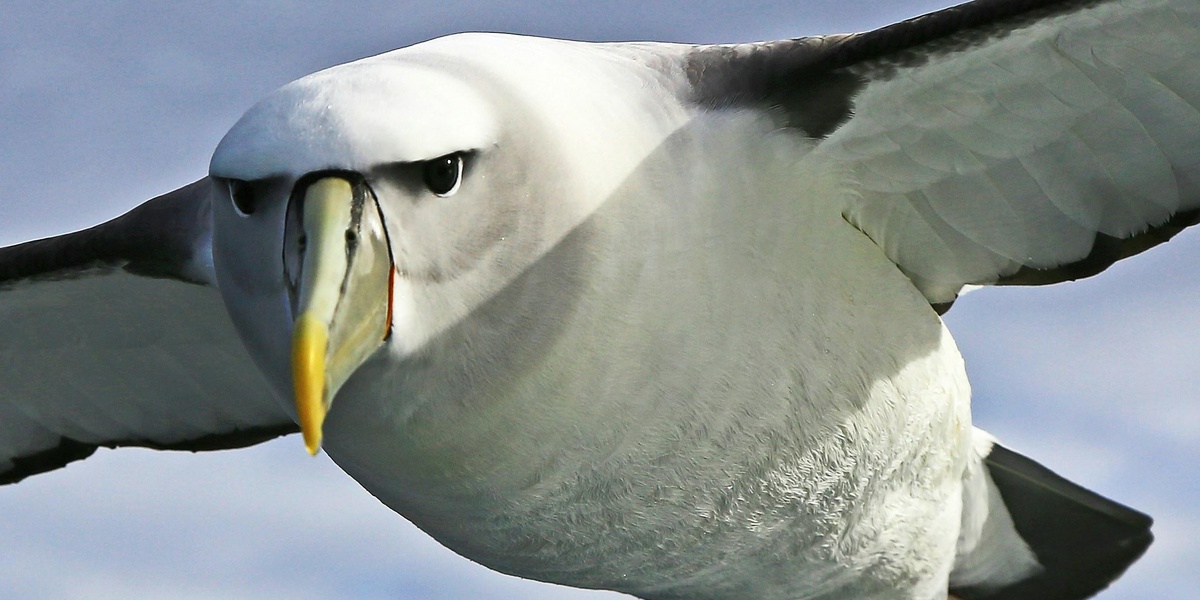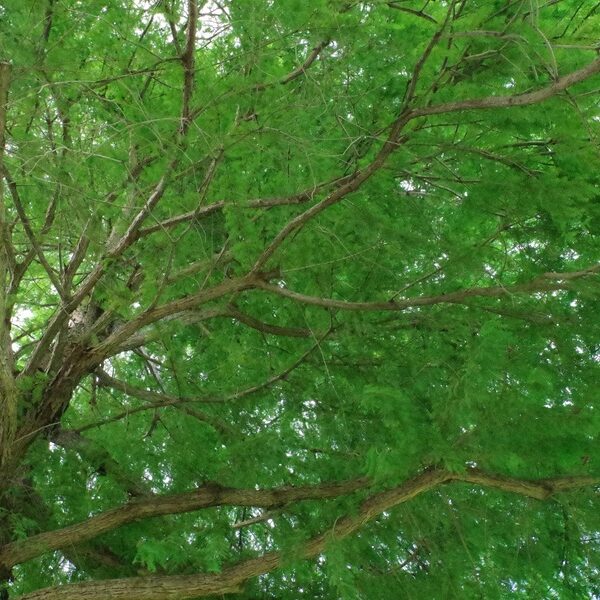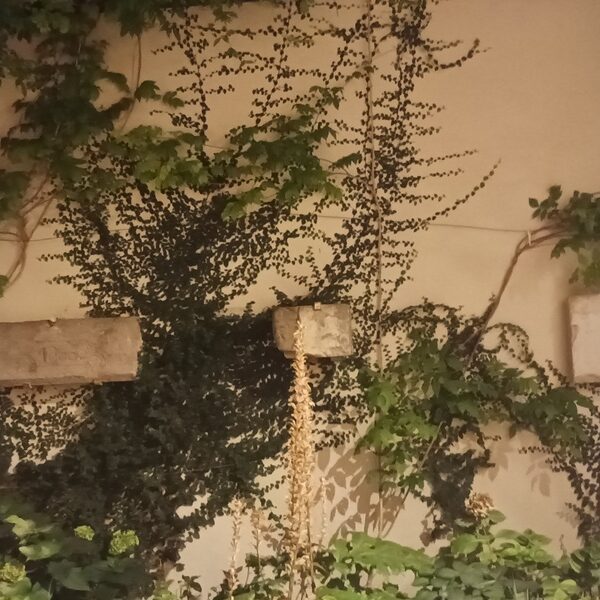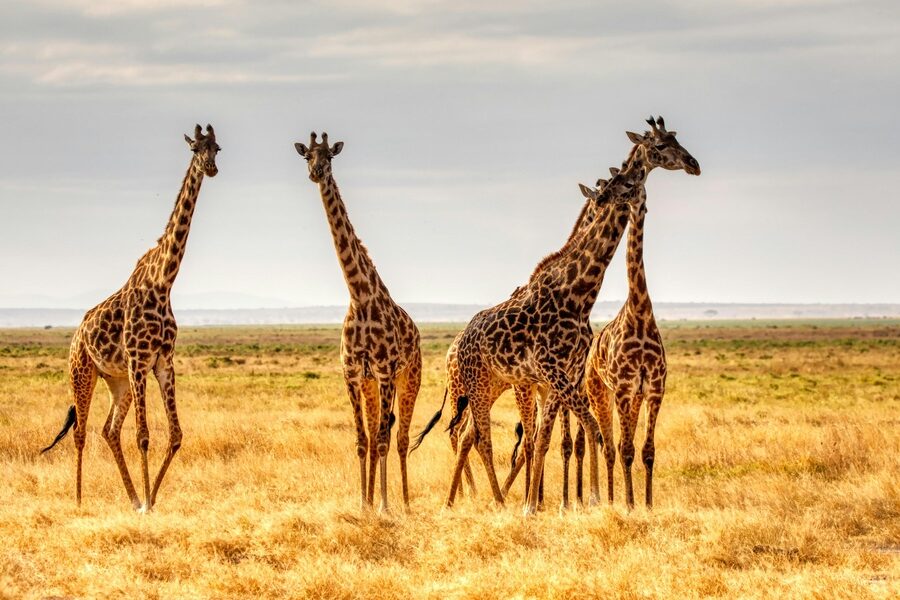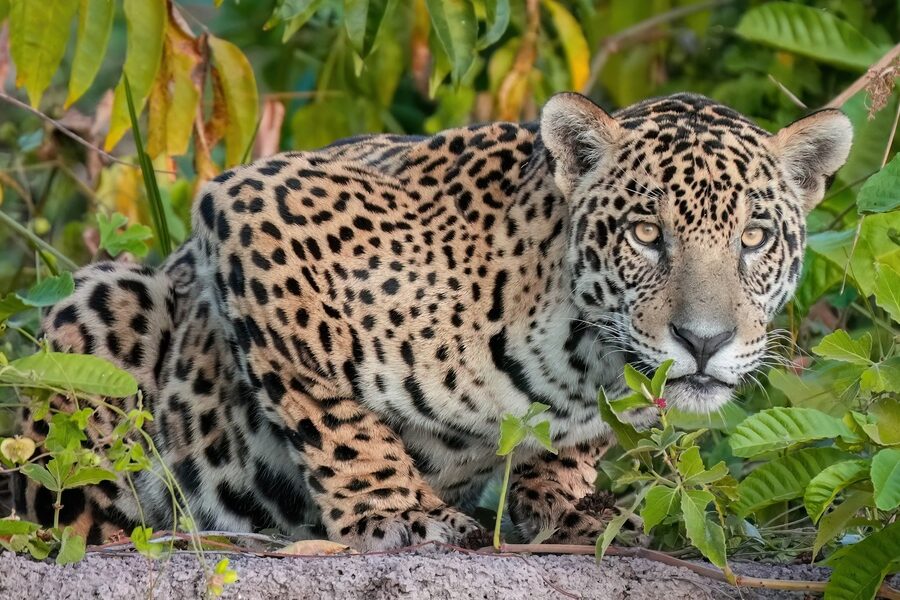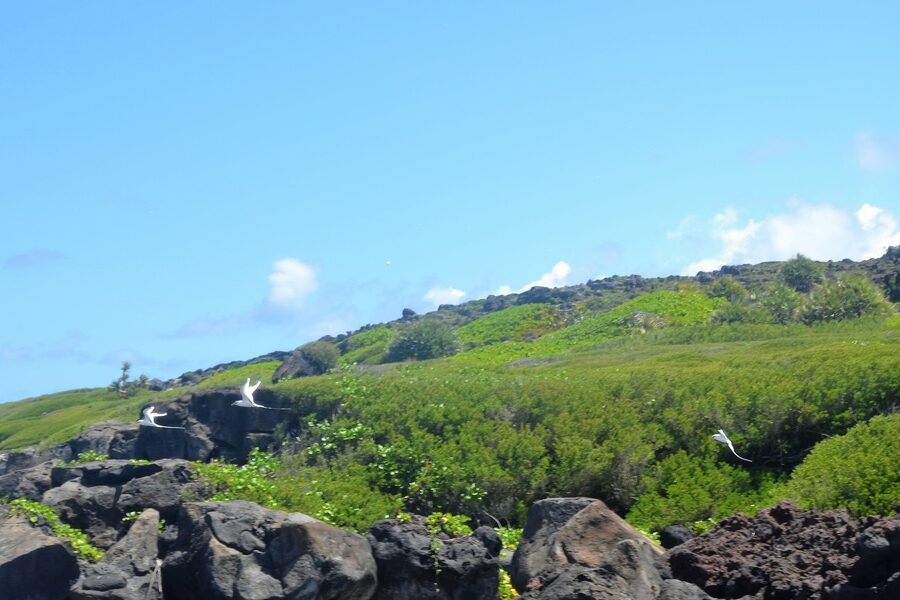With wingspans reaching up to about 3.5 meters, some albatross species can glide for hours without a single flap—covering hundreds of kilometers in a day. That ability is the most visible hint of a suite of adaptations that let these seabirds live almost entirely at sea, return reliably to tiny remote islands to breed, and survive in some of the planet’s windiest oceans. Their role as top pelagic scavengers and predators links marine food webs, and their long lives—often 40–50 years for large species—make population declines slow to reverse. This article explains 10 defining characteristics of a albatross—physical, behavioral, and ecological traits that shape their lives—and groups them into four categories: physical adaptations, flight and locomotion, behavior and life history, and conservation and human interactions. Below we begin with the anatomy that makes ocean life possible.
Physical Adaptations
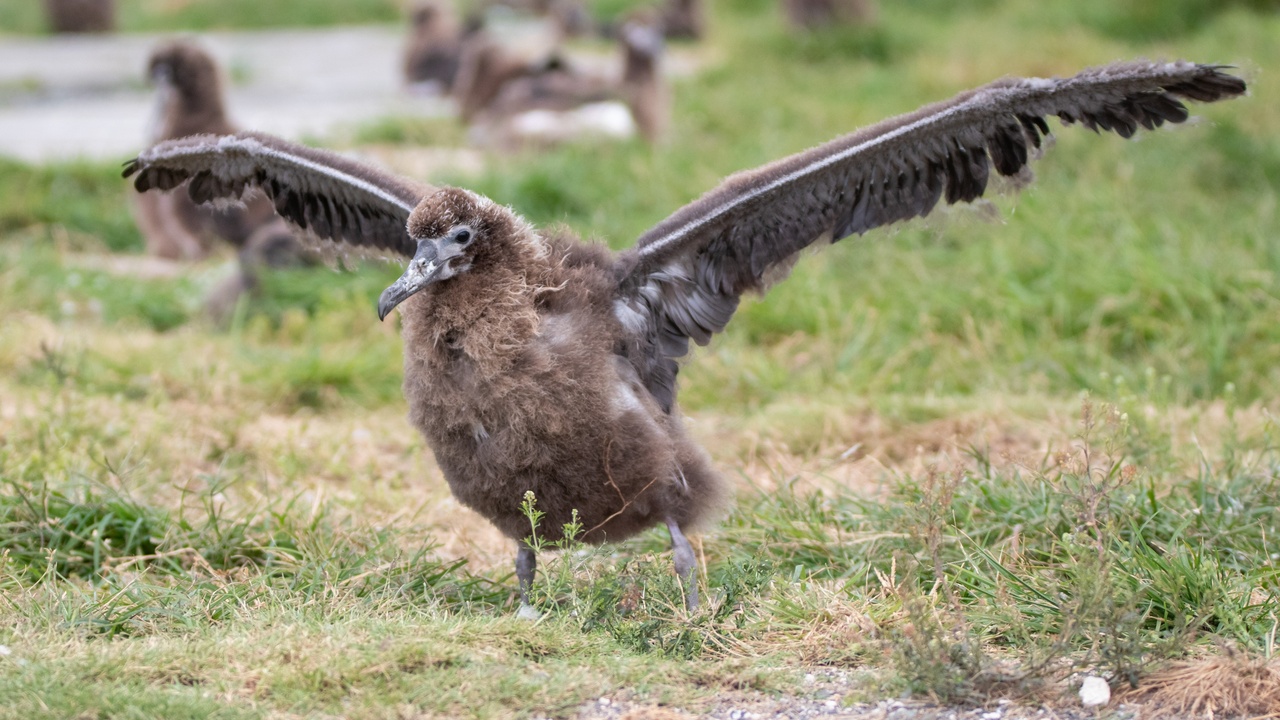
Albatrosses evolved a set of anatomical features tuned to long-distance foraging and life on salt water. Their wings, bills, plumage and salt-regulating structures all reduce energy costs and physiological stress during prolonged ocean travel. Numbers help make this concrete: wandering albatross wingspans commonly reach ~2.9–3.5 m, large species weigh roughly 6–12 kg, and many individuals live into their fifth decade. For accurate baseline facts, see BirdLife International assessments and published work from seabird researchers (for example, teams at the University of Oxford’s seabird group) when citing population or morphological data.
1. Massive wingspan and specialized wing shape
The albatross’s wing planform is the most obvious adaptation for oceanic life. Long, narrow wings give a very high aspect ratio and an efficient glide, so the bird can harvest wind energy rather than rely on constant flapping. Dynamic soaring—repeated climbs into faster air then glides down into slower air—lets birds cover 100s of kilometers in a day with minimal metabolic cost.
Wandering albatrosses routinely measure about 2.9–3.5 m across; tracking studies report individuals averaging 500+ km per day on foraging trips and some annual movements exceeding 10,000–20,000 km. Engineers studying albatross aerodynamics have applied those insights to improve UAV endurance and glider designs.
2. Tubular nostrils and salt-excreting glands
Albatross bills bear distinctive tubular nostrils, called naricorns, atop the bill or along its sides. These work with a supraorbital salt gland to remove excess sodium after ingesting seawater or salty prey. The gland produces a concentrated saline solution that drains through the nostrils and off the bill.
Physiological studies of seabird osmoregulation show these glands can excrete fluids several times saltier than seawater, allowing birds to feed at sea for days or weeks without fresh water. That mechanism is essential for extended foraging far from land.
3. Waterproof plumage and preen-oil maintenance
Dense, overlapping feathers plus continuous maintenance from the uropygial (preen) gland give albatrosses highly water-resistant plumage. Preen oil and feather microstructure shed water, trap insulating air, and help maintain buoyancy when birds rest on the ocean surface.
Feather care is a constant behavior: adults regularly preen and realign feathers, and parents physically brood chicks that depend on adult insulation during cold spells. Those behaviors underpin survival in chilly, wave-swept waters.
Flight and Locomotion
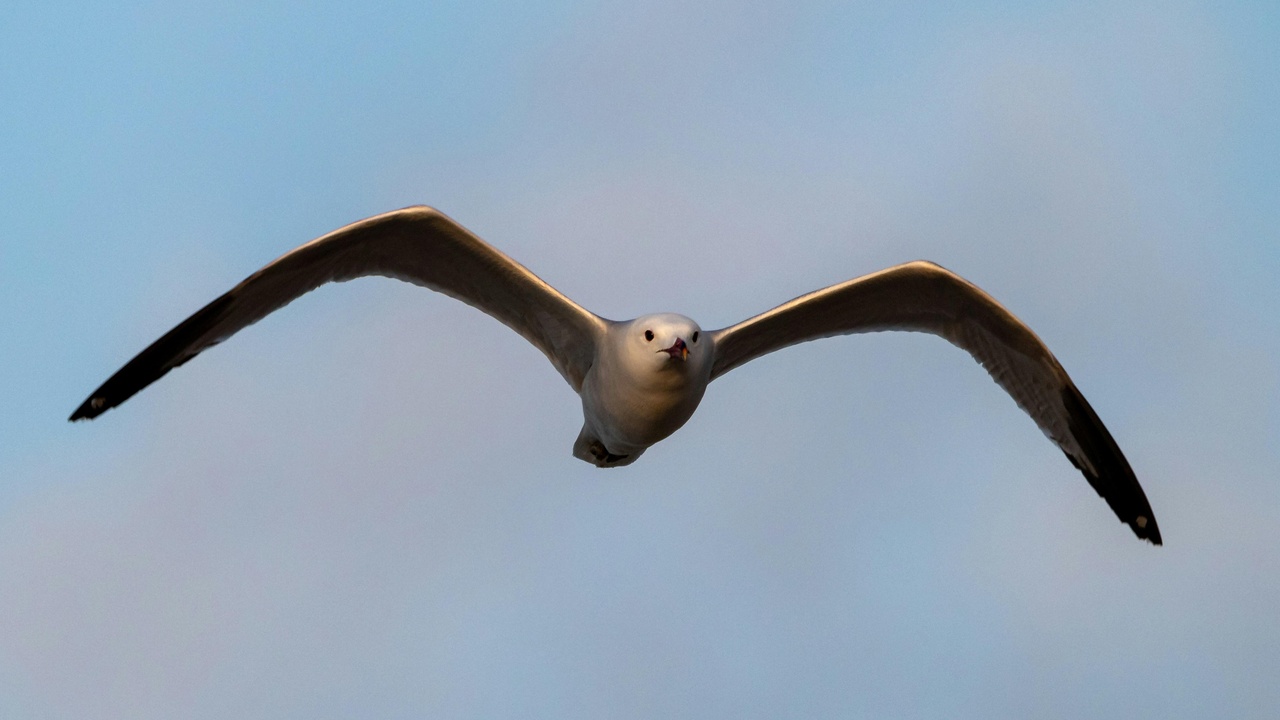
Albatrosses are specialists in long-distance flight. Their flight repertoire exploits wind gradients over the sea: dynamic soaring to extract energy from shear, slope soaring along waves and winds, and economical flap-glide cycles when needed. Biomechanical and GPS-tracking studies have quantified how these strategies reduce energy expenditure and enable extreme movements.
Telemetry work shows some species average hundreds of kilometers per day and complete multi-thousand-kilometer migrations. Their takeoff, in turn, is tuned to use wind and surface conditions; landing requires precise control to avoid injury.
4. Exceptional gliding efficiency (dynamic soaring)
Dynamic soaring is a flight technique that lets albatrosses convert wind shear into forward motion. By repeatedly climbing into faster-moving air and descending into slower air, they sustain speed with very little flapping.
GPS and accelerometer tags reveal daily distances often exceed 400–600 km on foraging legs; annual movements of 10,000–20,000 km are common for wide-ranging species. Researchers have used those data to model flight-efficiency metrics and to inspire longer-endurance unmanned aircraft.
5. Long-range navigation and homing
Albatrosses routinely navigate thousands of kilometers away from breeding colonies and return reliably. Evidence points to a multimodal navigation toolkit: olfactory cues, solar and stellar orientation, and sensitivity to geomagnetic fields all contribute to precise homing.
Geolocator and GPS studies document complex, repeatable routes between foraging zones and nesting islands, and many species show natal philopatry—returning to the same colony, and often the same mate, year after year.
6. Takeoff and landing mechanics suited for the sea
Big wings are great for gliding but make takeoff heavy if wind is light. Albatrosses face into the wind, often run across the water’s surface to build lift, and use headwinds to assist launch. Heavier species need stronger winds to take off comfortably, which helps explain colony placement on windy coasts or exposed islands.
On land, many species prefer cliff edges or tussock-covered slopes for nesting so they can launch into steady winds. Those habitat choices shape breeding success and colony distribution.
Behavior and Life History
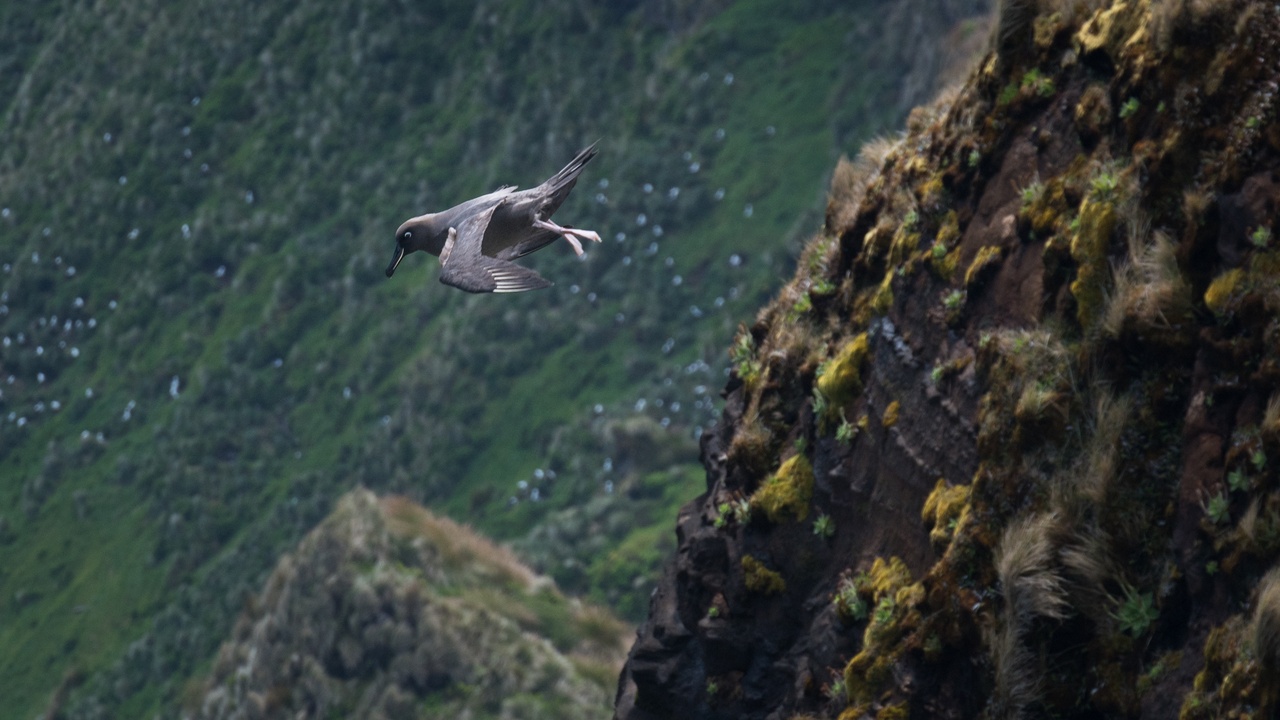
Albatrosses combine extreme mobility at sea with slow, investment-heavy reproduction on land. They mature late, form durable pair bonds, and raise a single chick per attempt—traits that make population recovery slow if adult survival drops. Long-term banding and demographic programs (for species such as the Laysan and black-browed albatross) provide much of what we know about these life-history patterns.
Below are key behavioral themes: delayed maturity and low fecundity, elaborate courtship and pair fidelity, and extended parental care that can span many months.
7. Long-term pair bonds and ritualized courtship
Many albatross species form long-term monogamous pairs. Elaborate courtship displays—bill clapping, synchronized dances, sky-calling and head tossing—establish and maintain pair bonds and recognition across years when partners separate for long foraging trips.
Field studies show high fidelity in established pairs, with re-pairing rates increasing only after mate loss. Those durable bonds support coordinated incubation and chick provisioning on remote breeding islands.
8. Slow reproduction and long lifespan
Albatrosses typically lay a single egg per breeding attempt. Incubation often lasts about 65–80 days, and chicks may take 120+ days to fledge. Age at first breeding is commonly between 6 and 10 years for many species, and adults frequently live 40–50 years.
Those demographic parameters mean population growth is slow; adult survival is the key variable for steady-state population health. Long-term monitoring—banding, mark–recapture, and telemetry—underpins conservation planning.
Conservation, Threats, and Human Interactions
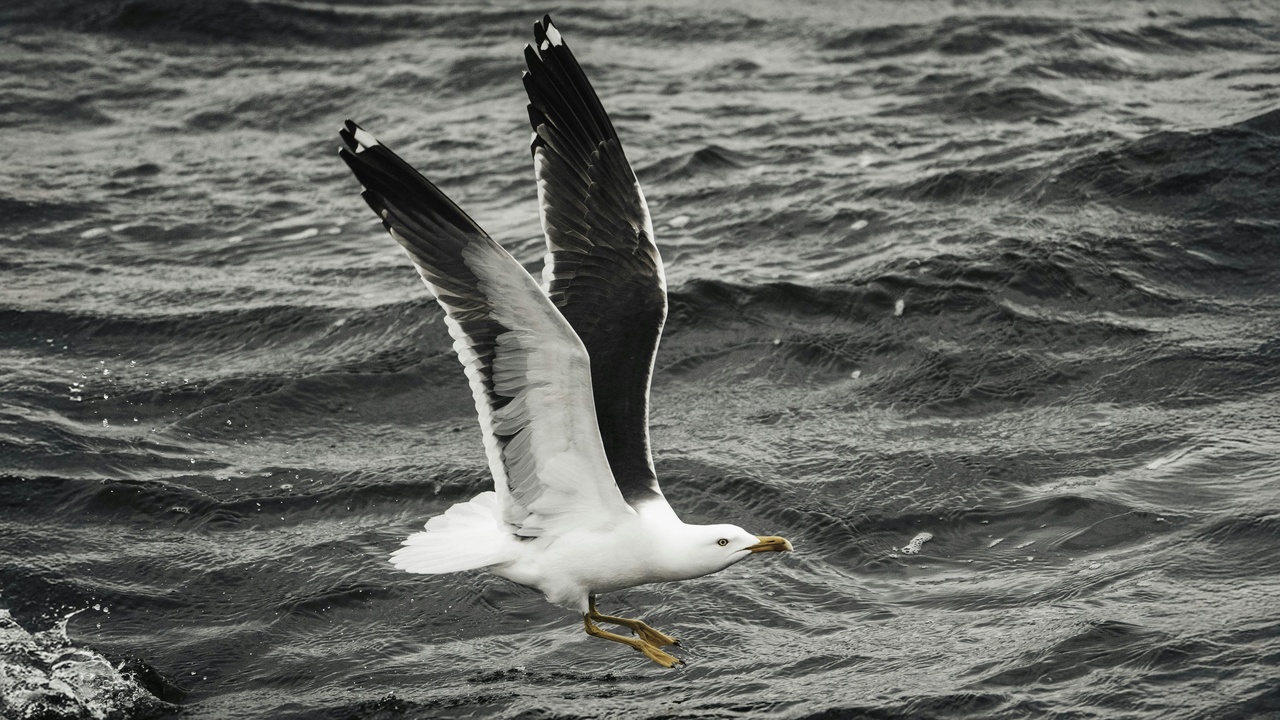
Albatrosses face mounting threats both at sea and on land. Fisheries bycatch, plastic ingestion, introduced predators at breeding colonies, and climate-driven shifts in prey are all major concerns. Conservation responses combine fisheries mitigation, island restoration, protected areas, and international cooperation—efforts reflected in instruments like the Agreement on the Conservation of Albatrosses and Petrels (ACAP).
Because of their slow life history, many species are listed from Near Threatened up to Critically Endangered on the IUCN Red List, and adult mortality from human activities drives long-term declines more than occasional breeding failures.
9. Major threats: fisheries bycatch, plastics, and invasive predators
Bycatch in longline and trawl fisheries is a leading source of adult mortality. Regional estimates suggest hundreds of thousands of seabirds are captured or killed annually across global fisheries, with longlines a disproportionate threat to albatrosses because adults take baited hooks at the surface.
Plastic ingestion is increasingly documented in necropsies and chick provisioning studies; many monitored colonies show a high proportion of individuals with plastic in their stomachs. On land, introduced mammals such as rats, mice and cats prey on eggs, chicks and incubating adults, sometimes causing rapid colony collapse.
10. Conservation actions and cultural importance
Targeted measures have produced measurable gains. Fishery techniques—weighted lines, night-setting, hook-shielding, and bird-scaring lines—can cut seabird bycatch substantially where adopted and enforced. Island eradication programs have restored dozens of breeding sites, and protected-area designations reduce human disturbance.
Culturally, albatrosses figure in maritime lore and local identities on subantarctic and Pacific islands, which helps motivate community-led conservation. Continued monitoring, expanded mitigation in high-risk fisheries, and sustained island restoration are needed to scale successes.
Understanding these characteristics of a albatross helps managers prioritize actions—protect adult survival at sea, restore predator-free breeding habitat, and work with fishing sectors to reduce incidental mortality.
Summary
- Huge wingspans and wing shapes give outstanding gliding efficiency, allowing daily ranges of 400–600+ km and annual movements measured in tens of thousands of kilometers.
- Specialized anatomy—tubular nostrils, salt glands, waterproof plumage—permits prolonged ocean life, while body mass for large species typically falls in the 6–12 kg range and many individuals live 40–50 years.
- Slow reproduction—one-egg clutches, long incubation (≈65–80 days), fledging over 120+ days, and age at first breeding around 6–10 years—makes adult survival crucial for population stability.
- Human threats—especially fisheries bycatch and plastic pollution—plus introduced predators at colonies, drive declines; coordinated measures (ACAP, fisheries mitigation, island eradications) have shown real benefits.
- Support evidence-based conservation: back seabird-friendly seafood policies, donate to reputable organizations, and advocate for island restoration and bycatch mitigation to help these ocean wanderers persist.
